By Nicholas Varangis
Enter into this suburban home outside Buenos Aires and you perhaps wouldn’t imagine it held the largest cache of Nazi artifacts in Argentinian history. But behind fake walls, investigators found a proverbial gold mine of artifacts from the Third Reich, as well as rare artifacts of Chinese origin on the UNESCO Red List.
“There are no precedents for a find like this,” Nestor Roncaglia, the head of Argentina’s federal police, told The Associated Press. “Pieces are stolen or are imitations. But this is original, and we have to get to the bottom of it.”
75 artifacts were found. They range from seemingly common household items from Nazi Germany, busts of Hitler, small statues, and a collection of youth harmonicas, to more nefarious items, such as medical instruments designed to measure head sizes and a ceremonial knife.
One individual has been detained in connection with the illicit collection.
Stolen Nazi Art
Perhaps in Argentina there is no precedent for such a find, however in Europe, stashes of Nazi loot have, unsurprisingly, been more common and much larger.
The most famous find would be the discovery of the vaults in the salt mine in Merkers, Germany. They were discovered by one of Manton Eddy’s XII Corps units. According to Gen. Michael Reynolds’ article entitled Patton’s End Run, the vaults contained: “4,500 bars of gold with an estimated value of more than $57 million along with millions of Reichsmarks and dollar bills, paintings by great masters such as Titian and Van Dyck… and many other treasures.” Patton, Eisenhower, and Bradley toured the vault together on April 12th.
The Nazi ‘Gold Train Incident’ was one of the greatest attempts to relocate Nazi plunder out of Germany. A German train under the command of Colonel Arpad Toldi attempted to cross the Swiss-Austrian border with a cargo of stolen gold and loot from Hungarian Jews. Denied at the border, Toldi hid much of the treasure, and gave some away in exchange for false passports. At least some of the treasure was recovered after Toldi provided locations to a French Army officer, Colonel Henri Jung.
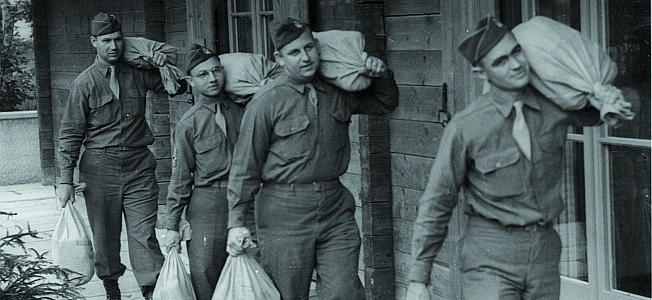
Then there’s the case of the collection of Cornelius Gurlitts. The 80-year-old man living in a Munich apartment was discovered to have held for nearly 70 years a collection of stolen Nazi art. The collection was amassed by his father, Hildebrand Gurlitt, under Nazi rule and included works by Picasso, Matisse, and Renaissance engraver Albrecht Dürer. When police raided Gurlitt’s apartment in 2012, they found 1,500 paintings.
Still other artifacts are known to be still missing to this day. The whereabouts of the Amber Room which the Nazis stole from now-Russia, then a part of the Soviet Union, remains one of the greatest missing treasures today. The Amber Room was a magnificent chamber in Catherine Palace outside of St. Petersburg, then Leningrad, ornately detailed with over 13,000 pounds of amber. Work began on the room in Prussia in 1701 and continued until 1707. In 1716, Prussian King Frederick William I gave the room to the Russian Tsar Peter the Great. In 1941, the Palace was captured by Army Group North of the Wehrmacht, and the Amber Room was dismantled, and sent to Königsburg, present-day Kaliningrad. After two years of display in the castle museum, the Amber Room was dismantled again and disappeared as the Third Reich collapsed. The mystery of the Amber Room has birthed many conspiracy theories as to its whereabouts.
The South American Connection
It’s no surprise that a stash of Nazi art might be found in a South American country like Argentina. South America was a common destination for Nazis on the lamb. As Hitler’s Germany crumbled, many Nazi party members sought ways to escape the Allies, often taking with them souvenirs and ill-gotten gains from Germany’s five years plundering continental Europe. In 2012, the Daily Mail reported that, according to German prosecutors who acquired secret files from Brazil and Chile, as many as “9,000 Nazi war criminals fled to South American after WWII”. Even as late as 2015, a Nazi hunter was dispatched to Ecuador to search for 10 Nazi war criminals hiding in the country.
The reasons for this were two-fold. First, some South American dictatorships sympathized with and valued the expertise of Nazi war criminals. Juan Peron of Argentina, for instance, ensured that his nation remained neutral during the war due to his sympathies toward Europe fascism. Second, many Nazis had family connections in South America, particularly Argentina, due to high German immigration to the continent before the war. There are as many as 3.5 million Germans living in Argentina, including 2 million Volga Germans who first settled in the country in 1877.
*Photo Credit: Wikipedia
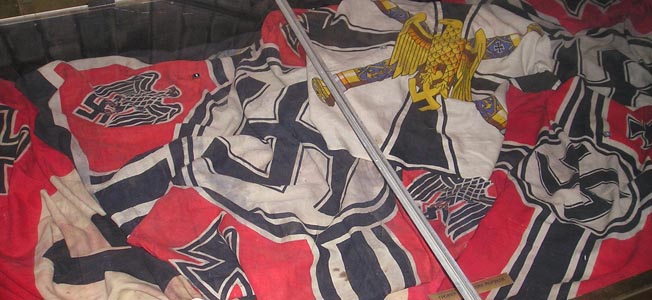
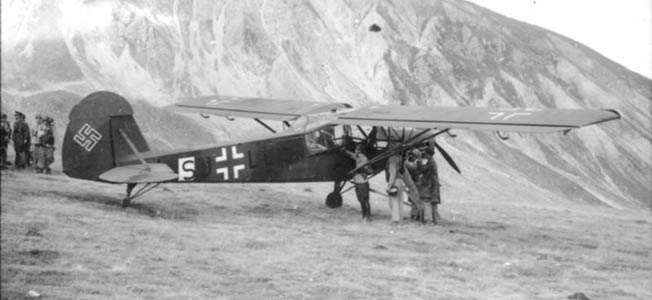
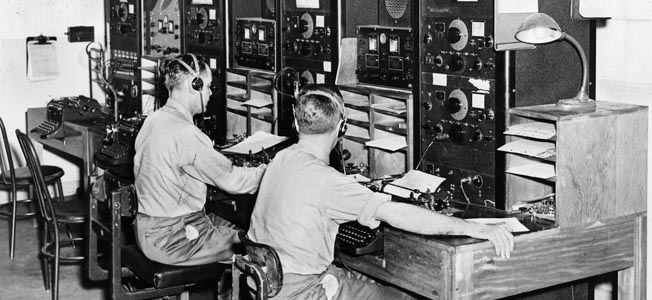


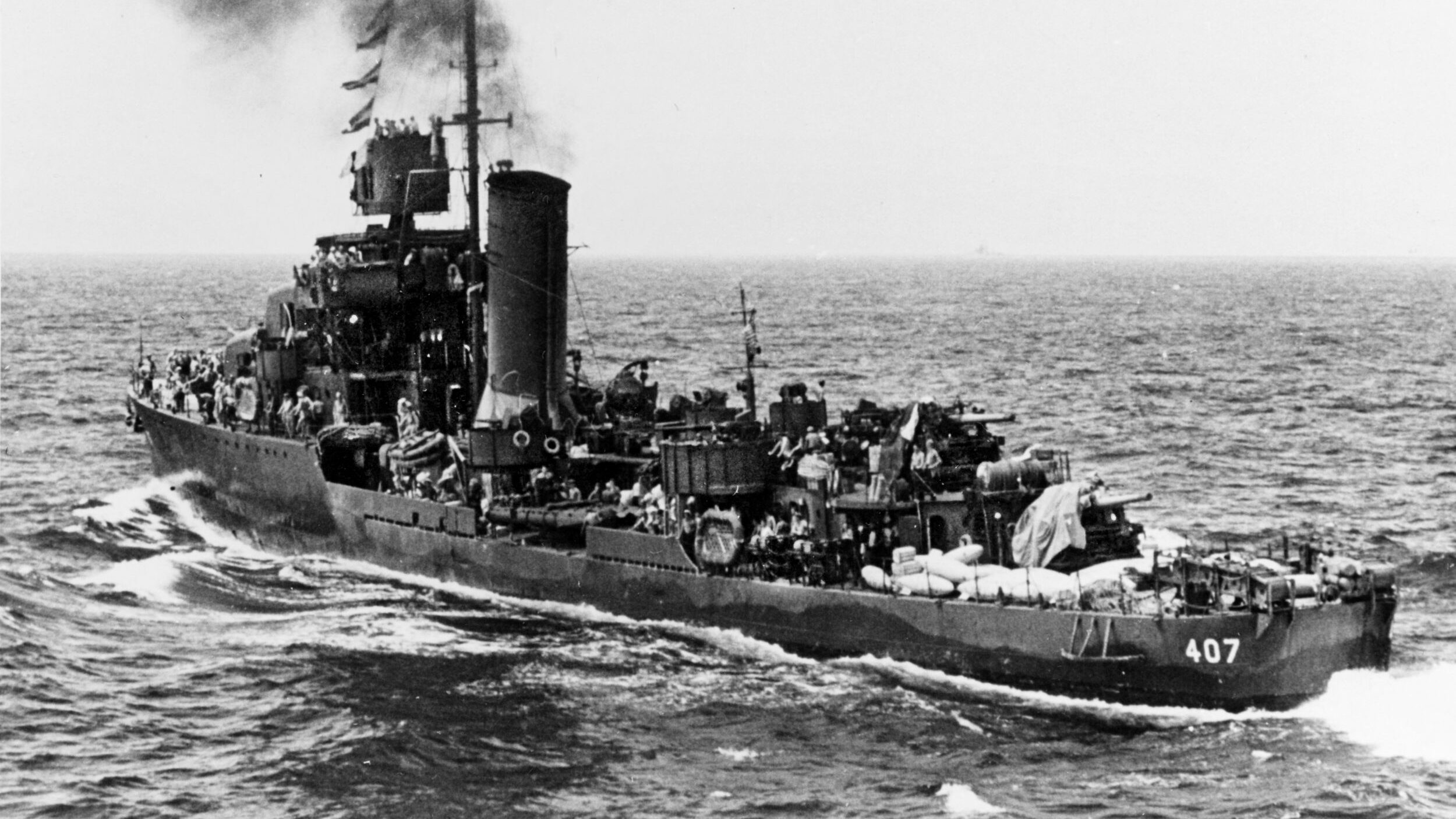
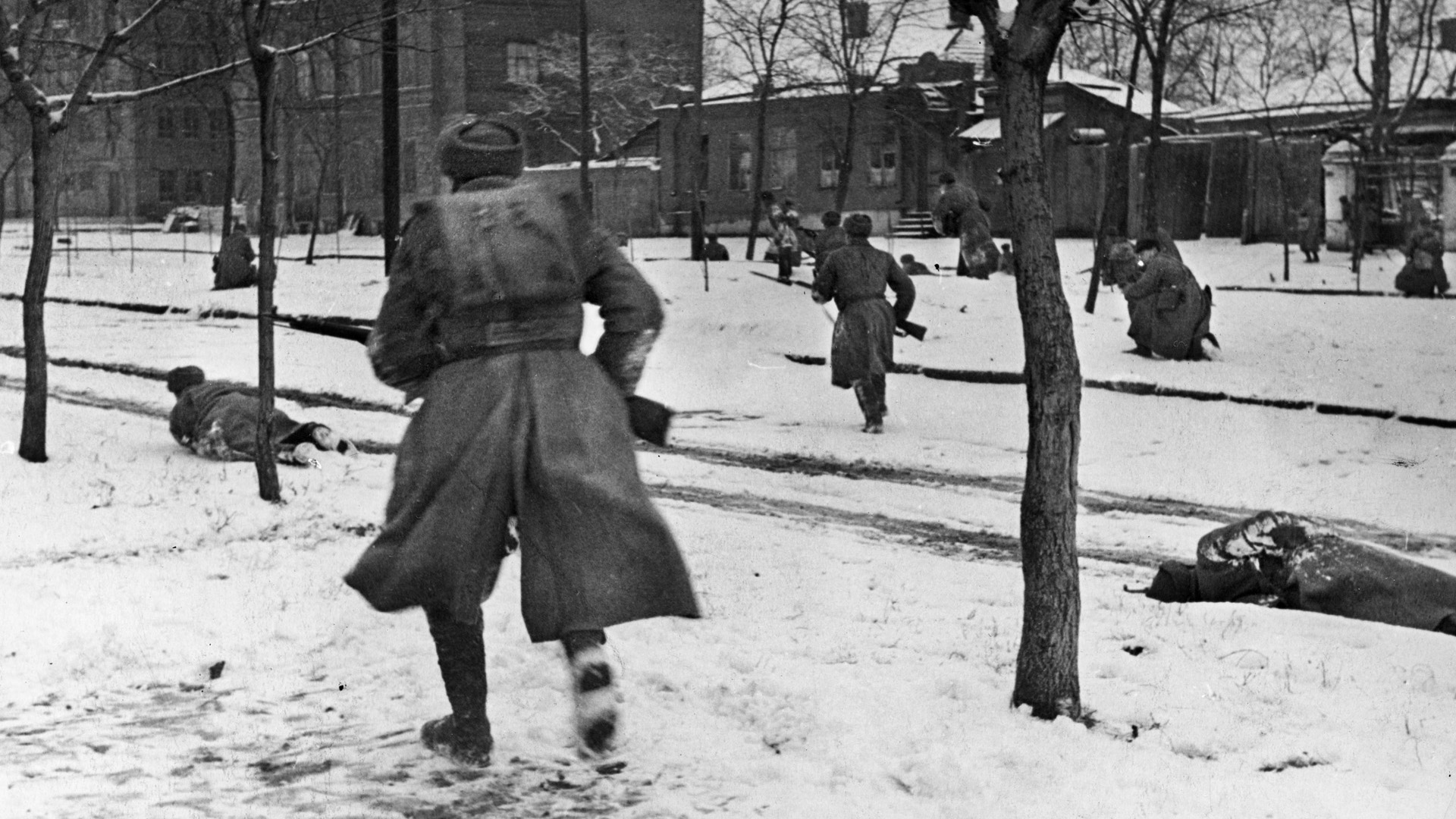
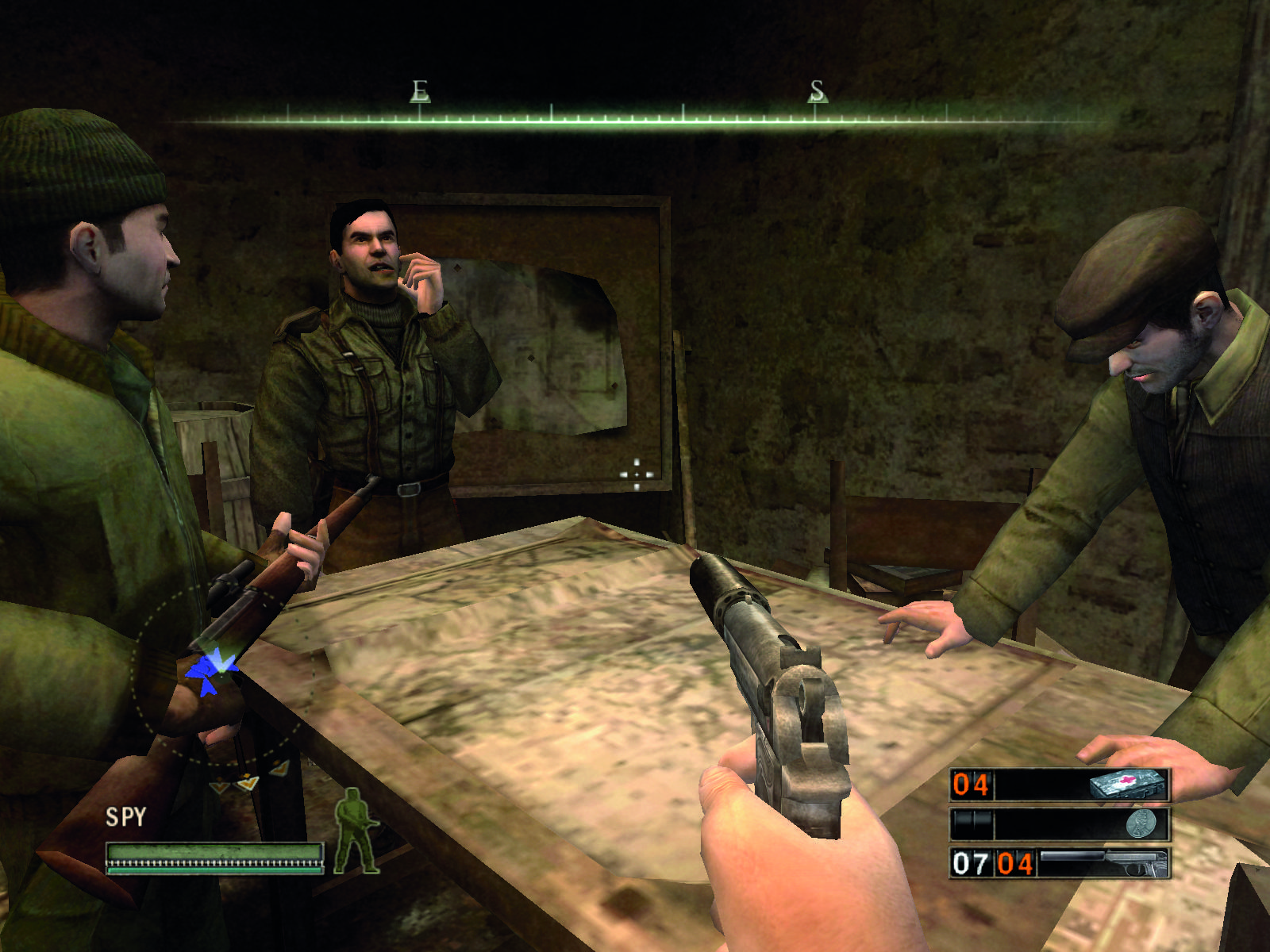
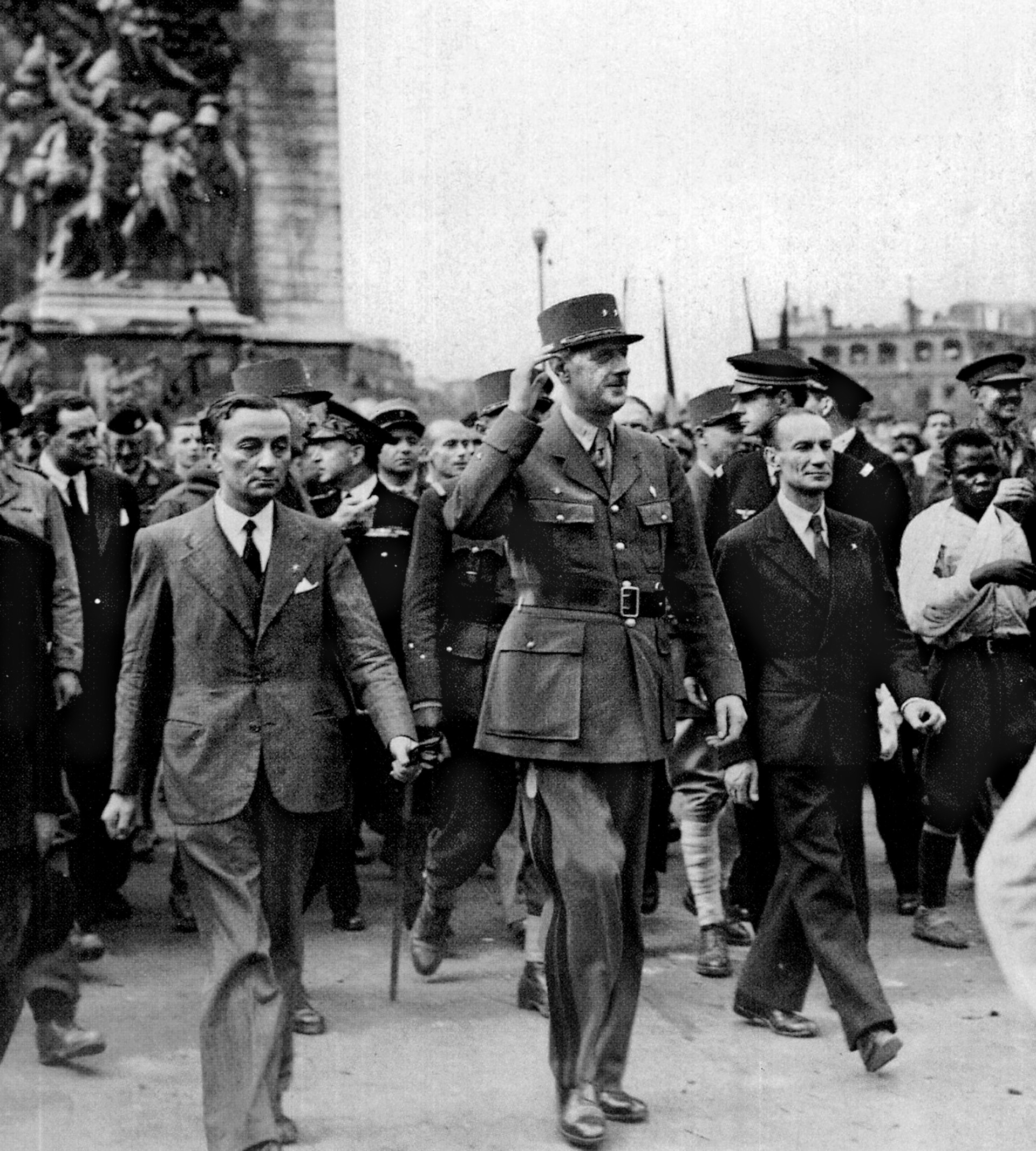
Join The Conversation
Comments
View All Comments